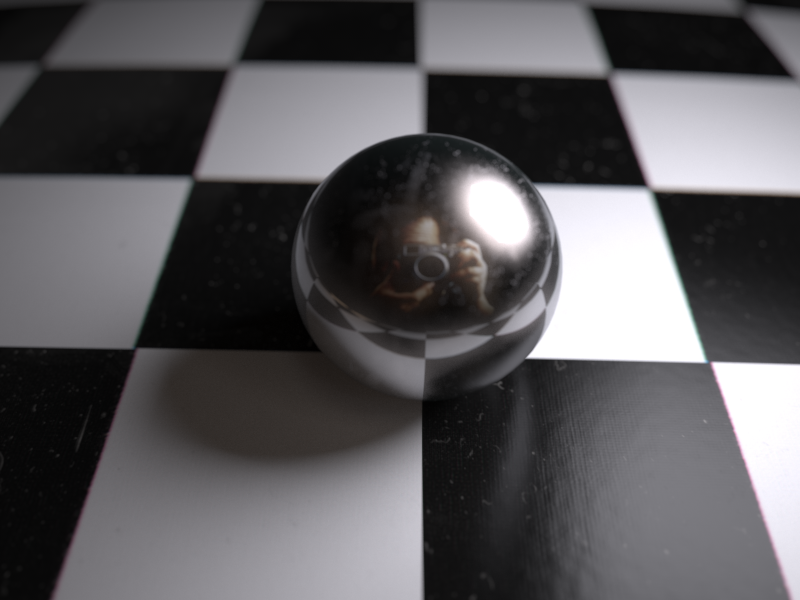This week’s blog post from Maxwell Render looks at how you can speed up your workflow using Maxwell Render’s V3 Material Assistants.
In the CG industry nowadays, many users are familiar with the concept of creating a BSDF material, and have been for quite some time. But no matter how easy it is to grasp the BSDF system, it can still pose a bit of a headache to newcomers. So for V3, Next Limit decided to welcome their users with a set of common-purpose material creation assistants, aimed at saving time by speeding up the creation of everyday materials.
You can read more about BSDF in Wikipedia here and in the Maxwell Support Center here.
In this article, you will see why and how you should use these Material Assistants which are pretty useful, intuitive and quick…rather than creating materials from scratch over and over again.
What is a Material Assistant?
The Material Assistants are simply wizards – which dynamically and intelligently generate materials. They are not separately coded shaders, they are just user interface front-ends which offer you a fast and intuitive set of parameters, which in turn generate the native material composition under the hood. Contrary to a possible misconception, they are no less realistic and do not generate poorer results than the original advanced editor.
Why use Material Assistants?
You already know how to use the advanced Material Editor (MXED) and are very efficient with it. Nevertheless, you should still consider the Material Assistants and the comfort they offer. You could make good use of them if you do any of the following:

- You use certain parts of the generalized BSDF layout but not all of them.
- You repeat the same steps for creating similar materials.
- You change multiple parameters over and over.
- You sometimes search for a previously created material as a starting point.
- You sometimes create unnecessarily complicated materials, or you are a beginner and not quite sure what you are doing.
All of these listed situations can slow you down, both in terms of workflow and rendertime. In these cases it’s hugely beneficial to at least start your material with a Material Assistant. Then, whenever you need advanced controls, you hit the “Convert to Advanced” button and gain full control of the material tree. The only drawback here is that this conversion is not reversible, which means you cannot go back from the advanced editor to a Material Assistant. Worth bearing this in mind if you are going to use this workflow.
Do the Material Assistants offer all possible options?
No, they simply cover a range of commonly used material types. Next Limit decided to categorise the assistants to cover the most common scenarios:
- AGS
- Opaque
- Transparent
- Metal
- Translucent
- Car Paint
- Hair

